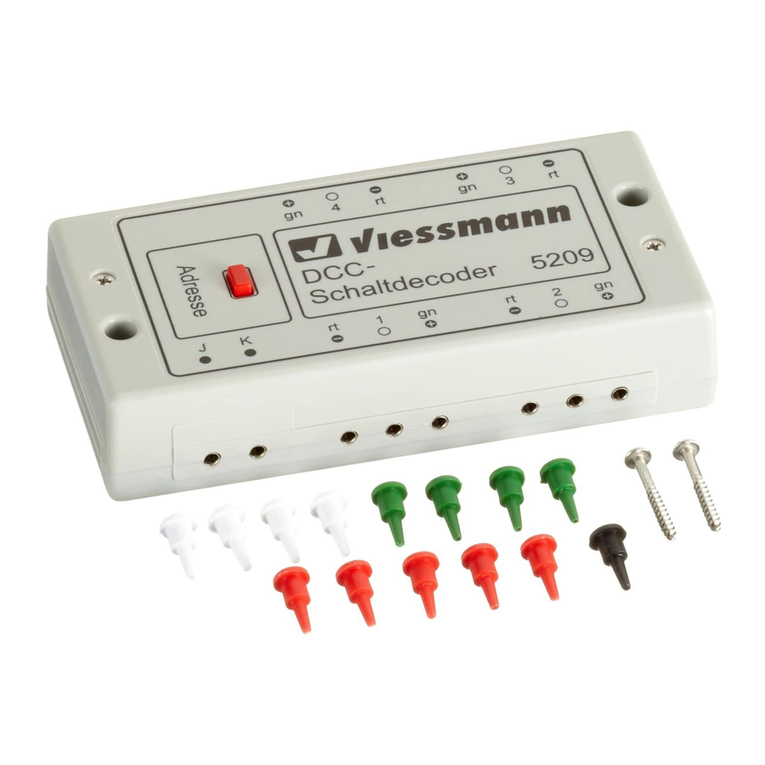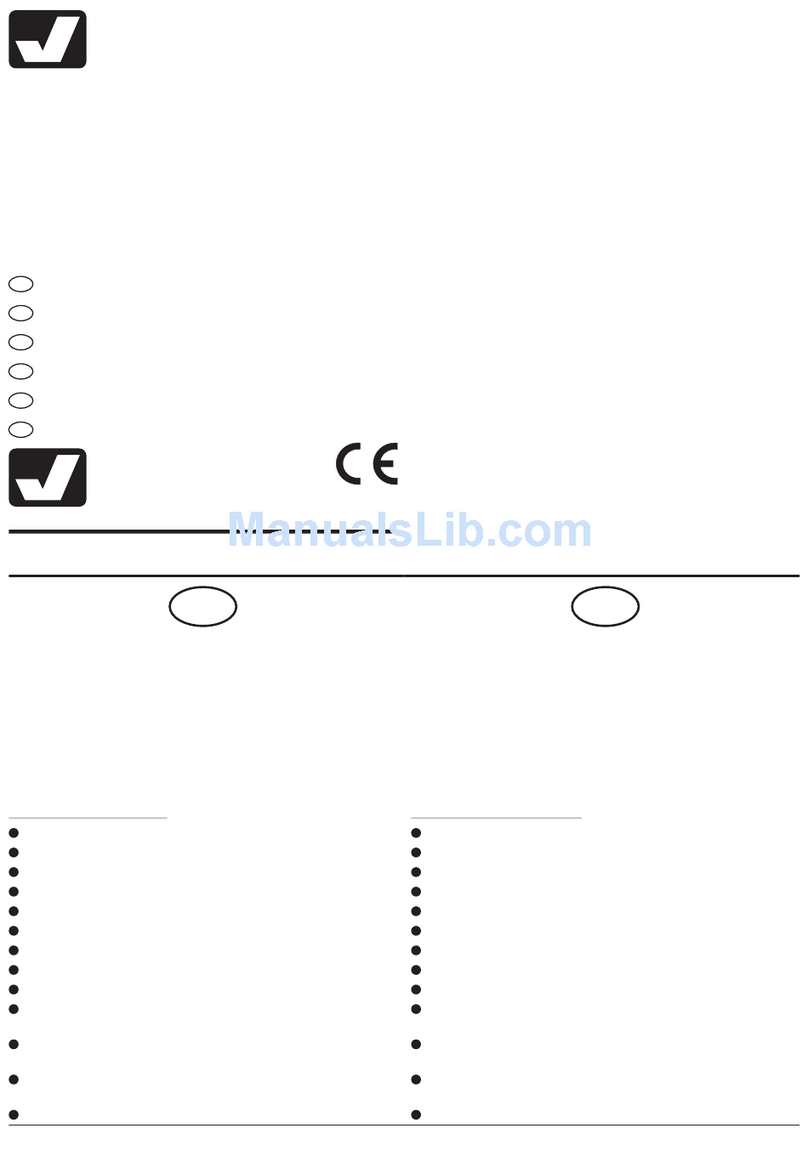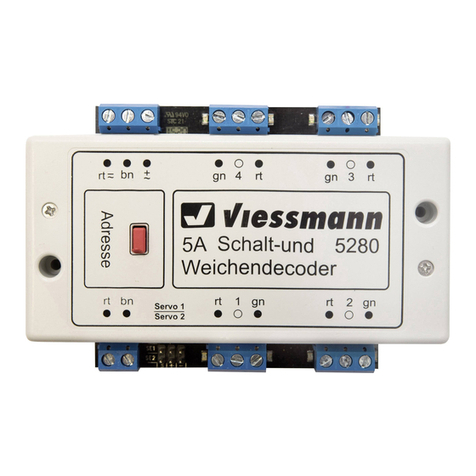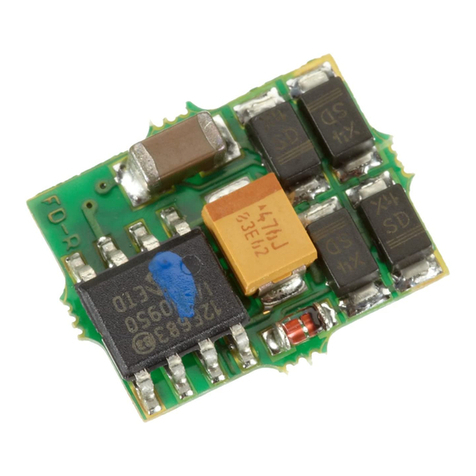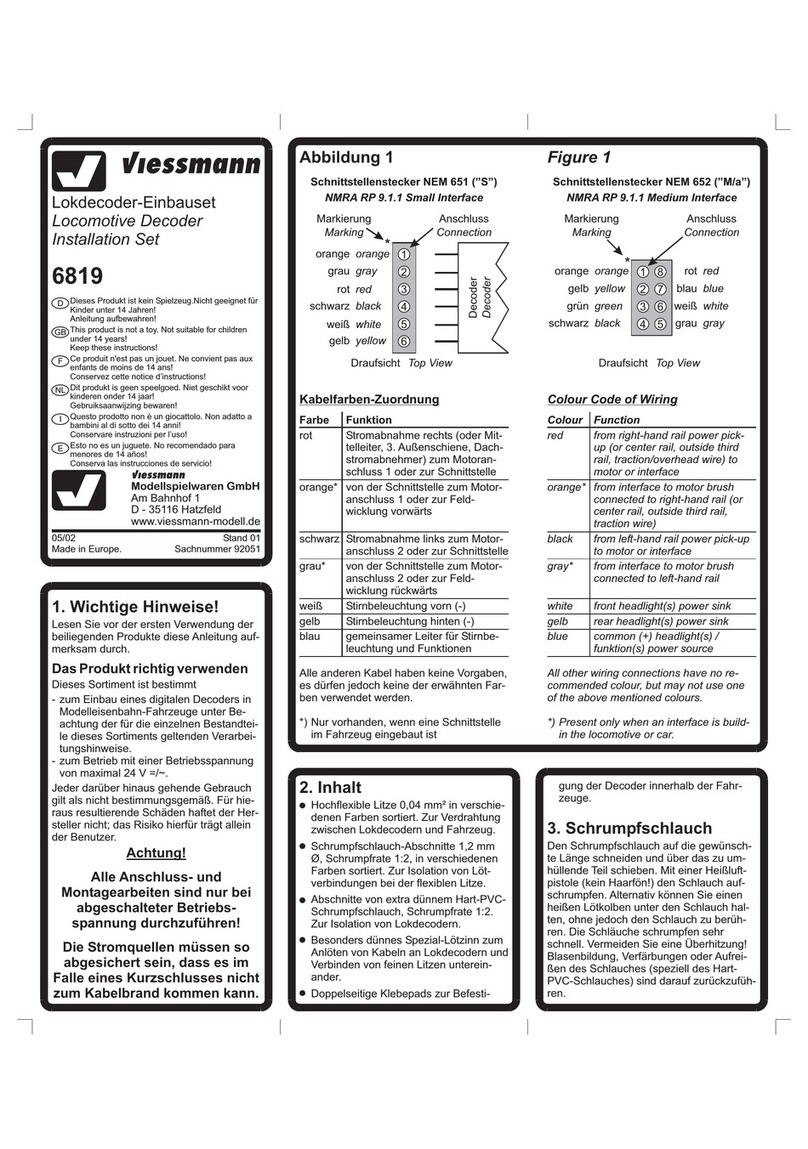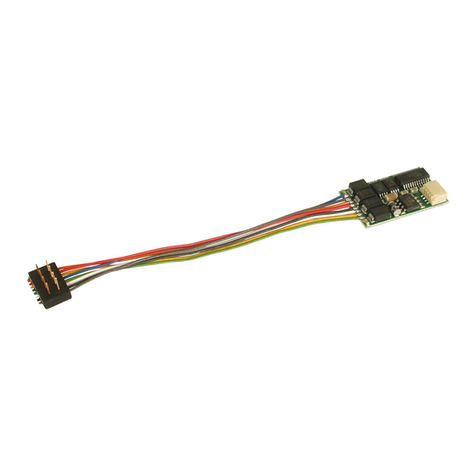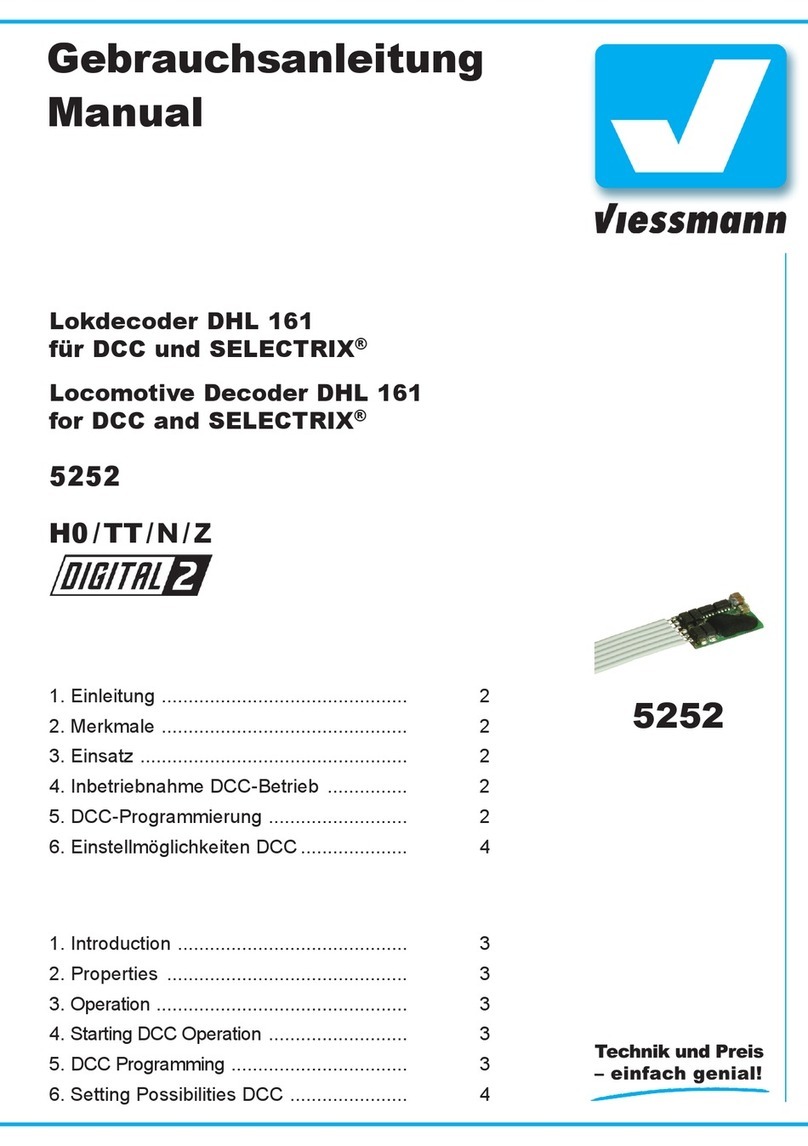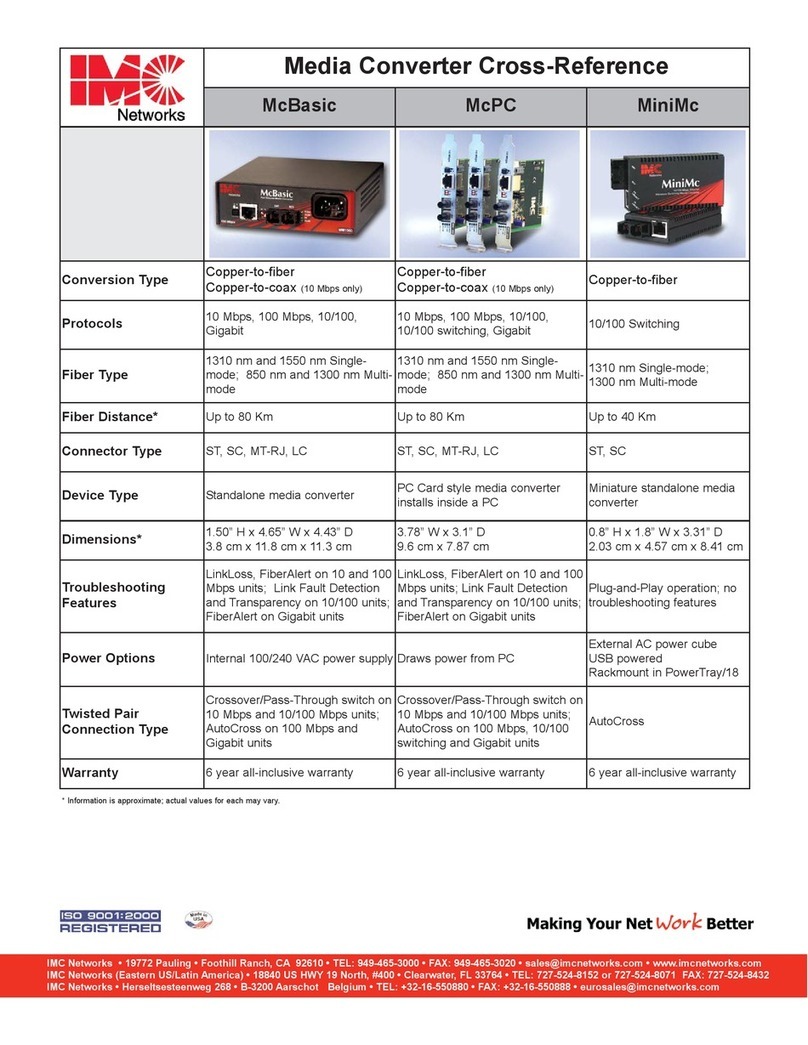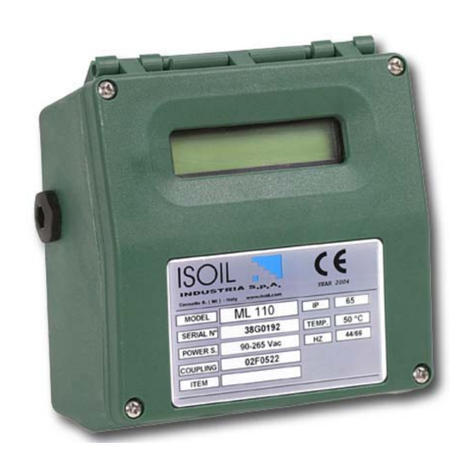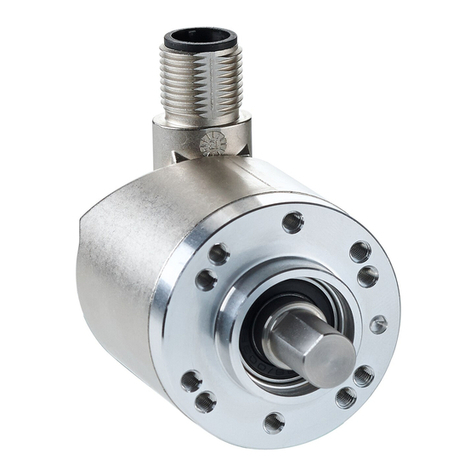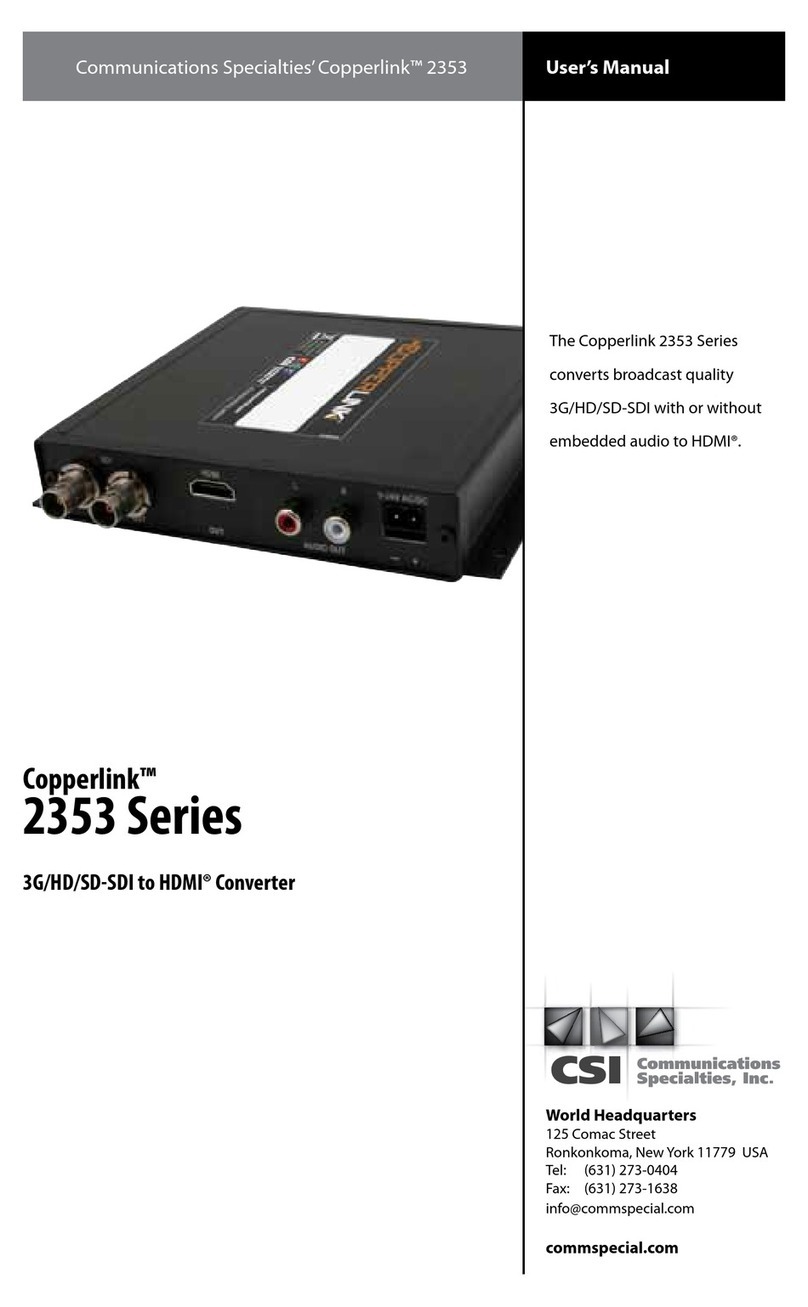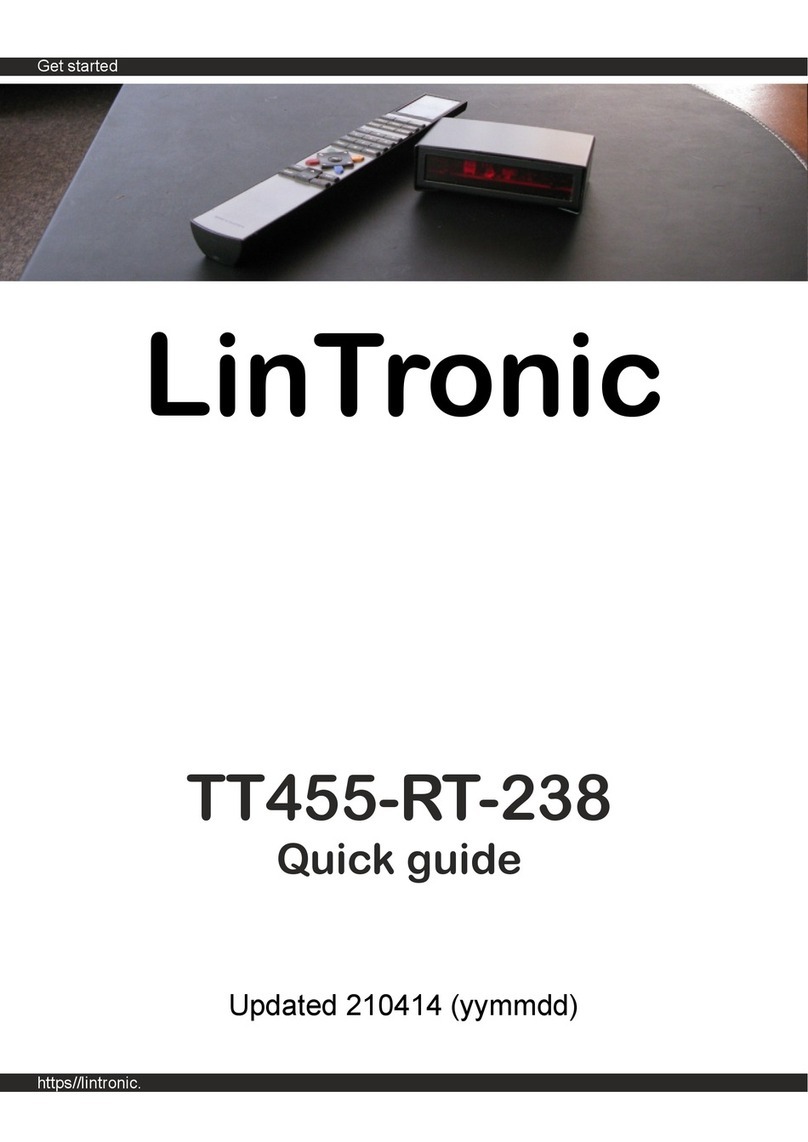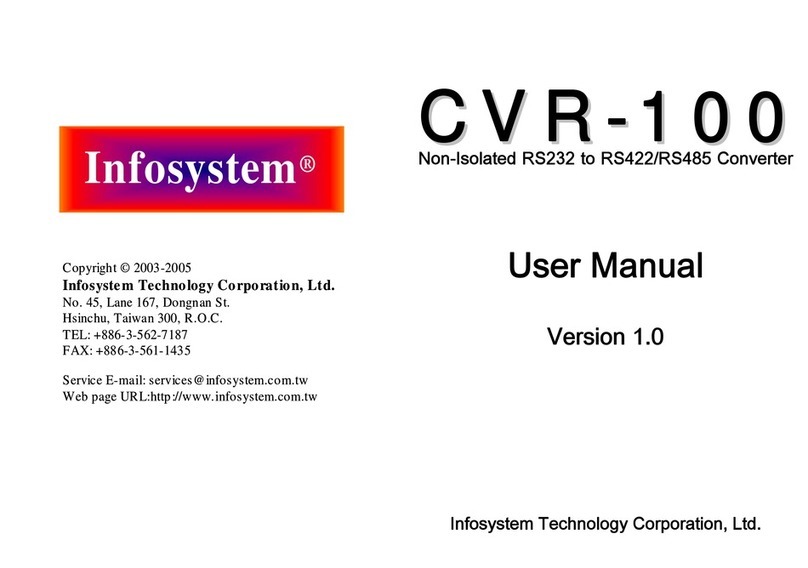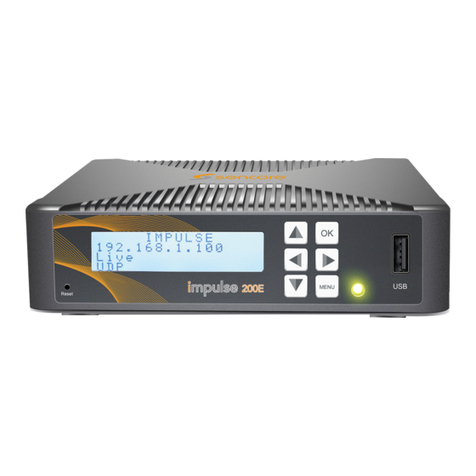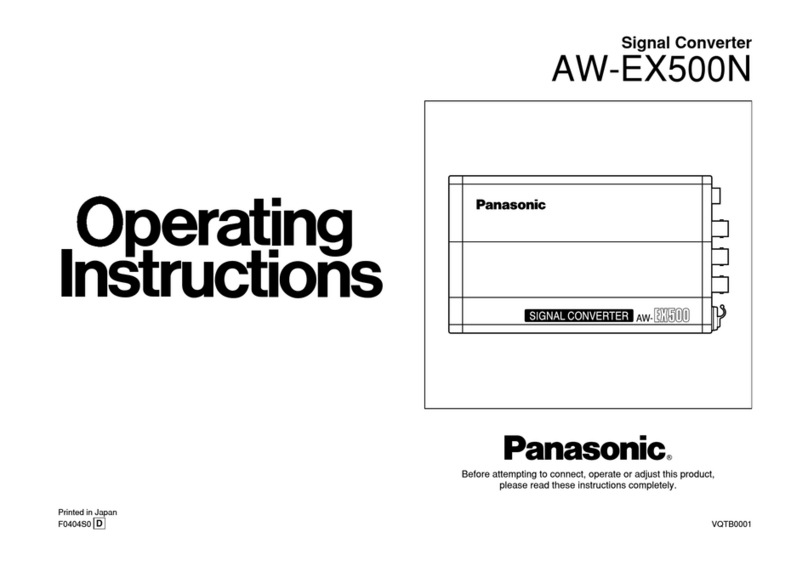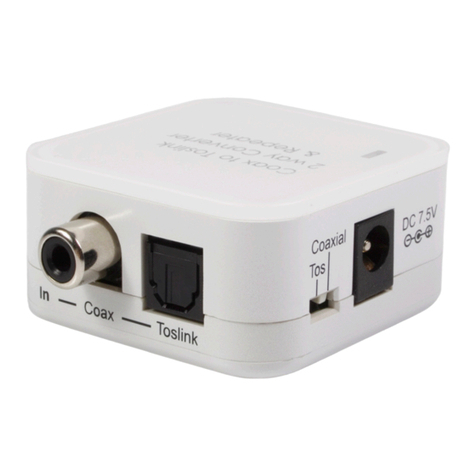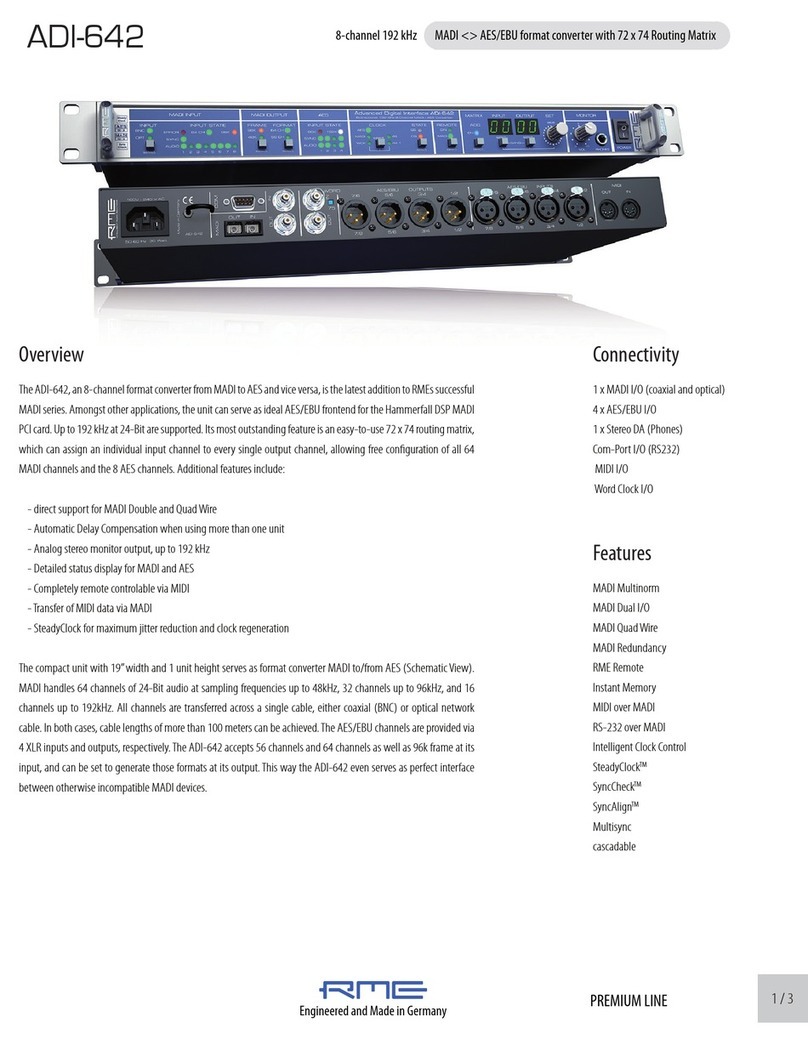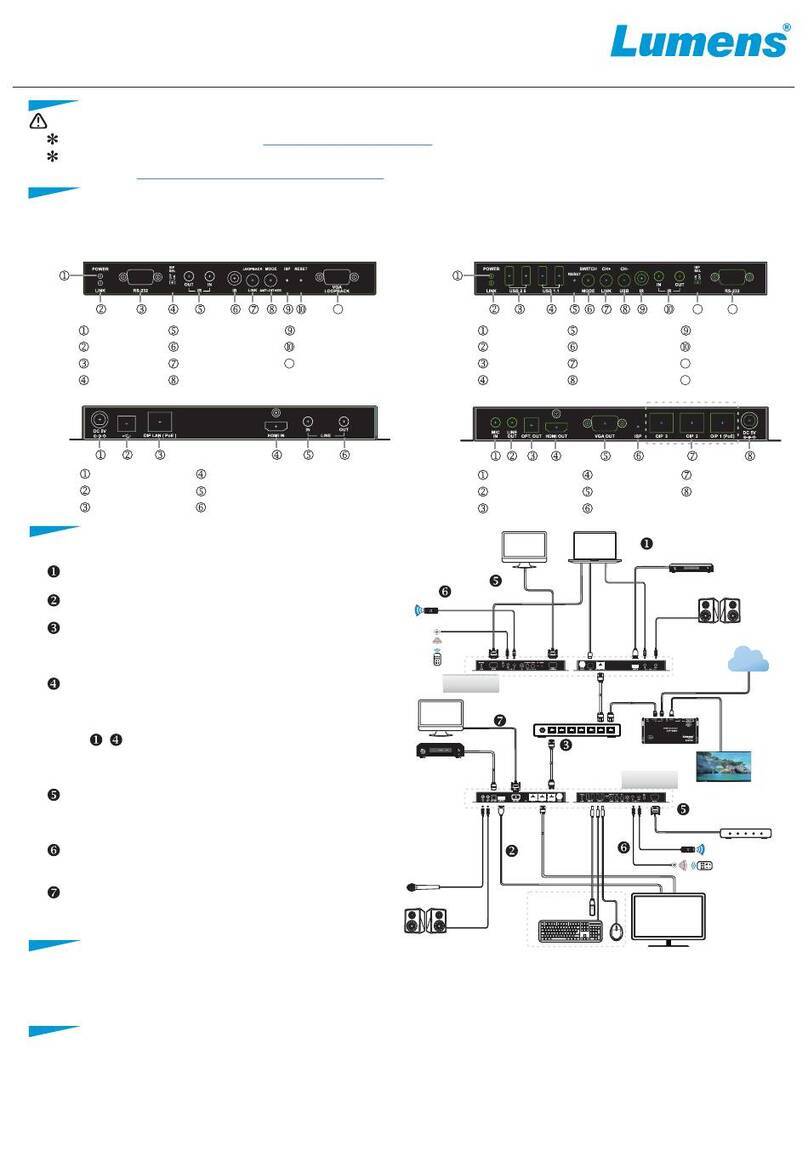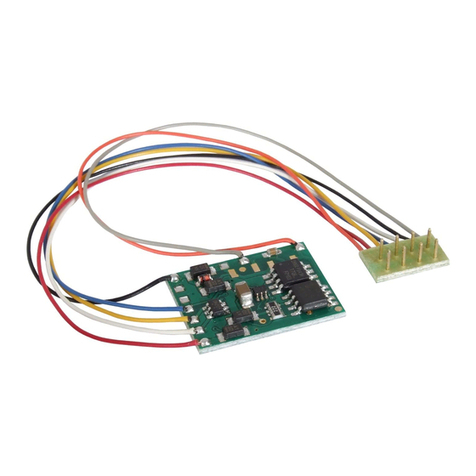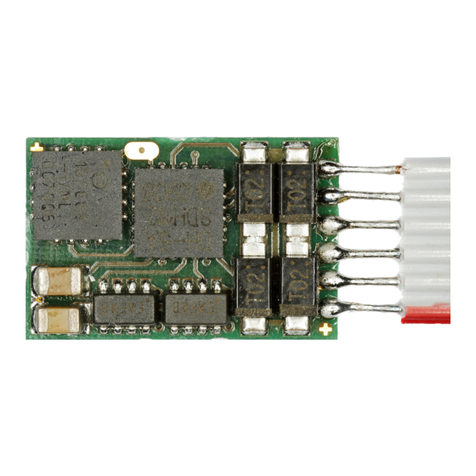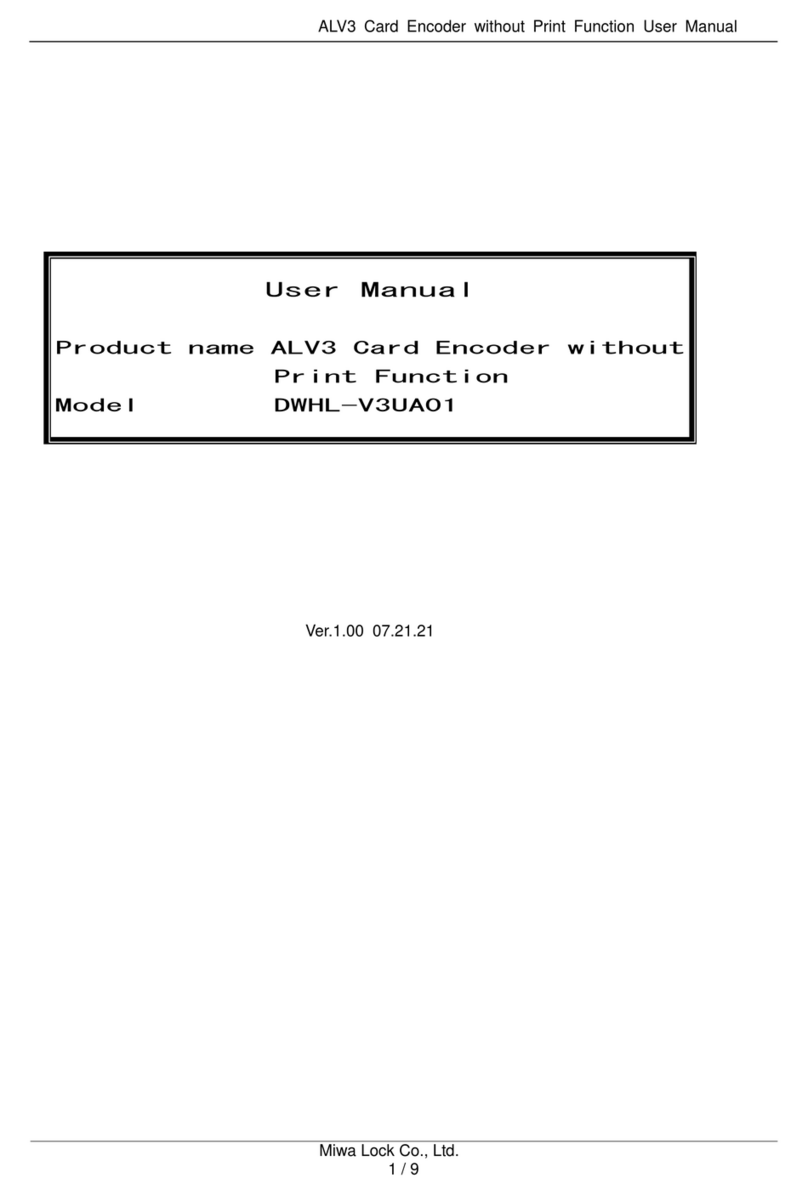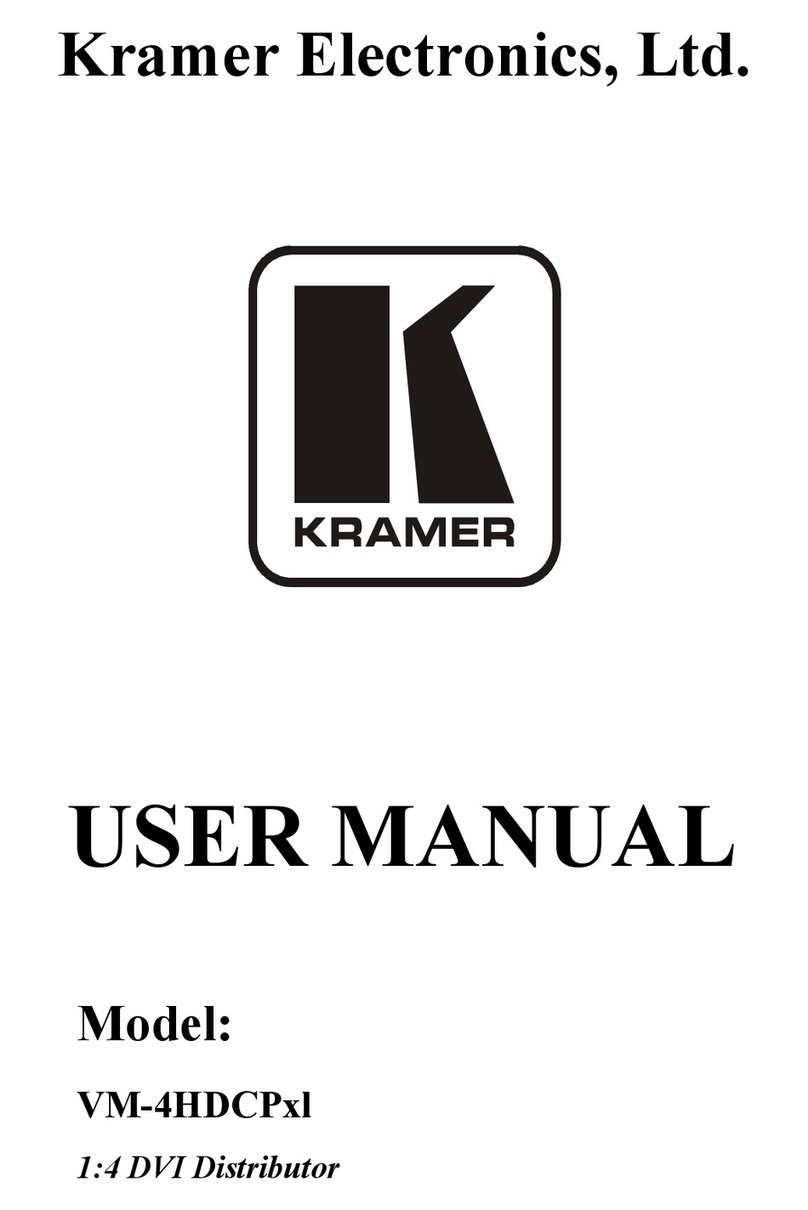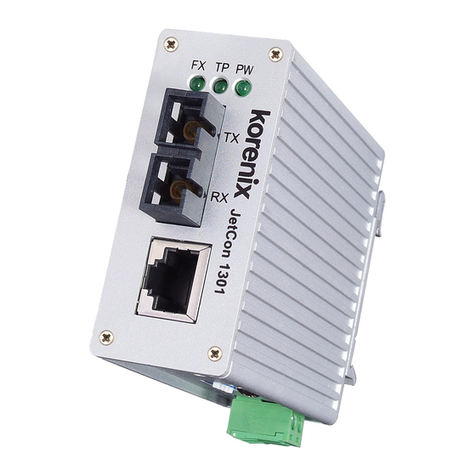
11
Name der CV
Name of CV
CV-
Nr.
No.
Eingabe-
werte
(Default)
value range
Erläuterungen/Hinweise Remarks
Basisadresse
Primary address
11…255(3) WertebereichbeiDCC:1…127 Range of values in DCC: 1 ... 127
Hinweis:WennfürdieBasisadresseeinWert>127programmiertwirdunddieVerwendungdererweitertenAdresseinCV29ausgeschaltetist,
reagiertderDecodernichtaufDCC-Befehle.
Hint: If a value higher than 127 is set for the basic address and the use of extended addresses in CV 29 is set to o, the decoder does not react
to signals in DCC format!
Startspannung
Starting voltage
20…63(1) MinimaleGeschwindigkeitderLokomotive. The minimal speed of the locomotive.
Beschleunigungsrate
Acceleration rate
30…63(8) Wartezeit, die beim Beschleunigen der Lok jeweils
vordemHochschaltenzurnächst-höherenFahrstufe
vergeht.Berechnung:Zeitzw.min.undmax.Fahrstufe
=Wertvonca.CV3x0,9sec.
Delay before the switching to the next
higher speed level when the loco
is accelerating. Calculation: Time
between min. and max. speed steps
= value of ca. CV 3 x 0,9 sec.
Bremsrate
Deceleration rate
40…63(6) Wartezeit,diebeimAbbremsenderLokjeweilsvor
dem Herunterschalten zur nächstniedrigeren Fahrstufe
vergeht.BerechnungwieunterCV3.
Delay before the switching to the next
lower speed level when the locomo-
tive is braking. The delay is calculated
as described in CV 3.
Höchstgeschwindig-
keit
Max. speed
50…255(255) CV2,5und6werdenfürdieBerechnungder
Geschwindigkeitskennlinieverwendet,wennBit4in
CV29aufNullsteht.WenndieFahrstufentabelle(CV
67–94)inCV29aufaktiveingestelltist,hatCV6
keine Bedeutung.
CV 2, 5 and 6 are used in the calcula-
tion of the motor voltage, if bit 4 in CV
29 is set to zero. If the speed step
table in CV 67 – 94 is activated in CV
29, the value in CV 6 is ignored.
Mittelgeschwindigkeit
Medium speed
60…255(110)
CV2bisCV6werdenfürdieBerechnungderGeschwindigkeitverwendet,umdiepassendengeschwindigkeitsabhängigenGeräuscheekte
andasSUSI-Modulübertragenzukönnen.DieseCVssowieweiteregeschwindigkeitsbezogeneCVsdienenausschließlichzurSteuerungvon
SUSI-Sound-Modulen.
CV 2 to CV 6 are used for the calculation of the speed of the locomotive, so that the SUSI-module can generate sound eects based on the
speed. These CVs and further speed-based CVs are used exclusively for controlling SUSI sound modules.
Versionsnummer
Version number
7Nur lesbar!
Motorola:erweiterteProgrammierung.Schreibenvon
Wert 7 ermöglicht erweiterte Programmierung unter
Motorola.
Read only!
Motorola (extended programming):
Writing of value 7 allows extended
programming in motorola protocol.
Hersteller
Manufacturer
8(109) Nur lesbar!
ResetaufWerkseinstellungen:SchreibenvonWert
8 setzt alle Werte auf Auslieferungs-zustand zurück.
SchreibenvonWert9setztalleWerteaußerLoka-
dresse,CV29undFahrstufentabelleaufAusliefer-
ungszustand zurück.
Read only!
Factory reset writing a value of 8
resets all CVs to the factory default
settings. Writing 9 resets all CVs
except the address, CV 29 and the
speed step table.
Zwangsbremsung
Automatic train stop
11 0…255(100) Autom.HaltbeiSignalausfallvonderDigitalzentrale.
Berechnung: Wert x 0,1 = Zeit [sec] bis Stop-Aus-
lösung.Wert0deaktiviertdiesesFeature.
Contains the maximum time period
(in 0,1 sec.) that the decoder will
maintain its speed without receiving a
valid packet addressed to it.
Funktionen im Analog-
betriebF1–F8
Analogue function
status
13 0 … 255 (0) Bestimmt, welche Funktionen im Analogbetrieb immer
aktivsind.
F1 ein = 1; F2 ein = 2; F3 ein = 4; F4 ein = 8 … F8
ein = 128
Indicates the status of the functions in
analogue mode.
F1 on = 1; F2 on = 2; F3 on = 4; F4
on = 8; ... F8 on = 128
Funktionen im Analog-
betriebF0,F9–F12
Analogue function
status
14 0 … 63 (3) BerechnungwiebeiCV13.
F0vorwärtsein=1;F0rückwärtsein=2;
F9 ein = 4; F10 ein = 8; F11 ein = 16;
F12 ein = 32
Calculated as in CV 13.
F0 forward on = 1; F0 backwards on
= 2; F9 on = 4; F10 on = 8; F11 on =
16; F12 on = 32
Erweiterte Adresse
Extended address
17 192 … 255
(192)
Erlaubt Adresse über 127 wenn die lange Adresse
inCV29aktiviertist,nurfürDCC.Beidenmeisten
Zentralen ist es möglich, erweiterte Adressen direkt
einzugeben.DieCVs17,18und29werdendannvon
der Zentrale automatisch richtig eingestellt.
Allows addresses above 127 if the
long address is activated in CV 29, in
DCC. Most command stations permit
entering long addresses directly. In
this case the CVs 17, 18 and 29 are
set automatically to the proper values.
18 0…255(0)
Mehrfachtraktions-
adresse
Consist address
19 1…127(0) AdressefürdieLokomotiveimMehrfachtraktions-
modus.
Address for locomotives in multi-
traction mode.
Funktionen im
Mehrfachtraktions-
Modus
Consist mode
function status
21 0 … 255 (0) BerechnungwiebeiCV13und14.BitaufWert0
bedeutet, dass die entsprechende Funktion nur über
die Lokadresse gesteuert werden kann. Bit auf Wert
1 erlaubt, die Funktionen über die Mehrfachtraktions-
adresse zu schalten.
Calculated as in CV 13 and 14. Bit
with a value of 0 indicates that the
function can only be controlled by
the locomotive address. A value of 1
allows the function to be controlled by
the consist address.
22 0 … 63 (0)
Bremsverhaltenbei
Gleichspannung
Decoder automatic
stopping conguration
27 0, 16, 32, 48
(16)
Kein Bremsen bei Gleichspannung = 0
Bremsen bei Gleichspannung in Gegenrichtung = 16
Bremsen bei Gleichspannung in Fahrtrichtung = 32
No braking with DC = 0
Braking with DC in reverse direction
= 16
Braking with DC in actual direction
= 32
















